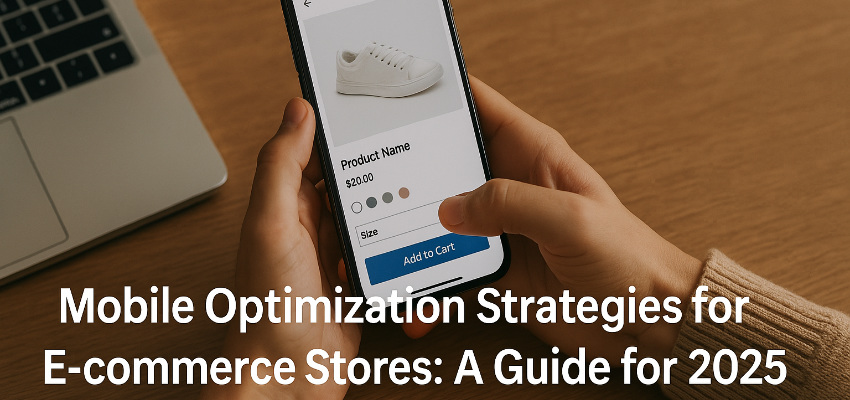Show:
Adopting Agile Methodologies in Fintech App Development
Agility has emerged as the cornerstone for success in the dynamic software development landscape.
Agile methodologies stem from the Agile Manifesto, which outlines principles and values that prioritize individuals and interactions, customer collaboration, and working solutions as opposed to traditional methods that utilize rigid processes and tools.

Agile fintech app development services are reaping the benefits of the methodology, as it enables faster development cycles, improved customer satisfaction, and increased adaptability to the continually changing requirements in fintech.
Introduction to Agile Methodologies in Software Development in 2023 and beyond
The agile methodology has been around since the late 1950s in one form or another. It was originally started as a solution for software development as an iterative approach capable of breaking up projects into several phases to be implemented.
The agile method differs from linear methods like the waterfall strategy because it draws strength from cooperation and adaptability rather than a strict step-by-step guide. The Project Success Rates Survey done in 2013 by Ambysoft shows that the agile approach has a success rate of 64%, which is 5% higher than the waterfall model’s success rate.
The agile method’s effectiveness is the reason why not just software developers but businesses as well are increasingly using it to handle their workflow.
By the year 2022, Agile was being utilized in more than 71% of companies and businesses in the United States, including banks and financial institutions such as lending businesses.
Benefits of Agile in Fintech App Development
Fintech app development services cite the following reasons for the growing popularity of Agile development methodologies:
- Faster delivery
Fintech is a time-sensitive industry. Rapid technological advancements, together with ever-changing regulations, demand quick development cycles. Agile’s iterative development and incremental delivery enable fintech companies to respond promptly to market demands by releasing minimum viable products (MVPs) swiftly.
- Increased quality and consistency
Agile divides projects into more manageable segments called ‘sprints’. By incorporating quality-focused practices into each sprint, such as frequent iterations and feedback loops, Agile enables teams to identify and address issues promptly, resulting in a higher quality standard for the final product.
- Client and user satisfaction
Agile is only successful if the user is satisfied with the product. The agile methodology dictates that the final product must bring value to the user. The client is involved in every step of the development process, taking into account their suggestions and feedback, thus leading to higher satisfaction.
- Reduced time and cost
Each sprint in an agile project has a fixed schedule that creates a time constraint that ensures the project is completed within a given period. Developers can know the cost of needed features before each sprint and get an estimate of the overall cost compared to the budget. This reduces both the time taken and the project’s cost.
- Allows for modification
Agile’s iteration-based development strategy offers a lot of flexibility. The relatively short sprints make quick changes possible without adding heavily to the cost. Developers take advantage of this by providing timely user-centric updates.
- Enhances the team’s morale
Agile teams are self-managed and organized. The team feels more empowered without a leader dictating the course of action. This leads to increased responsibility, initiative, and creativity on the team’s part.

Implementing Agile Practices in Fintech Projects
The most practical approach to integrating agile practices in fintech projects is the 4M methodology. It encompasses Model, Method, Mindset, and Movement:
- Model: Develop a suitable Agile model for each unique fintech project. Address performance management and team structure. Teams must be efficient across all dimensions.
- Method: Choose and adapt the Agile method that most aligns with the project’s operational requirements and specific objectives. The different agile methodologies include Scrum, Kanban, and Lean.
- Mindset: Change employees’ mindset by promoting cross-practice collaboration, customer-centric thinking, and iteration of delivering value. Immersive learning experiences are an effective way of facilitating behavior and attitude change.
- Movement: Create a campaign within the team, beginning with the leaders, that will spread the agile mindset and articulate a bold future aspiration.
Examples of Agile in Fintech
To give you a closer look at what Agile development can look like, here are some examples of Agile usage in fintech apps:
- N26
N26 is a German fintech company that employed agile methodologies to develop its mobile banking app. The company adopted Scrum to manage the app’s development process. It has enabled N26 to deliver updates and new features to its app efficiently and quickly, giving it a competitive advantage in the market.
- XPay
XPay, a fintech company, used agile methodologies to develop its payment processing platform. It utilized Kanban for the management of the development process. This allowed the company to adapt to changing customer needs and also deliver high-quality software in desirable timeframes.
- Oracle
This well-renowned company offers cloud services, enterprise resource planning, and data analytics solutions for the finance industry. The Agile methodology is used to enable employee input, responsiveness to customer feedback, faster fixes, better risk management, and room to change and experiment in the industry.
The Future of Agile Methodologies in Financial Tech
Looking to the future, the financial tech sector is going to see important changes influenced by Agile methodologies.
Significant trends include personalized customer experiences as a result of artificial intelligence (AI), a greater focus on digital transformation, and the integration of Blockchain for improved operational efficiency and efficiency.
In conclusion, adapting Agile methodologies in fintech app development is no longer just a trend but a strategic necessity. By cultivating an Agile culture, fintech companies can safely navigate the unending complexities of the industry, thus ensuring that they stay ahead of the curve in 2023 and beyond.

 Return to Previous Page
Return to Previous Page








